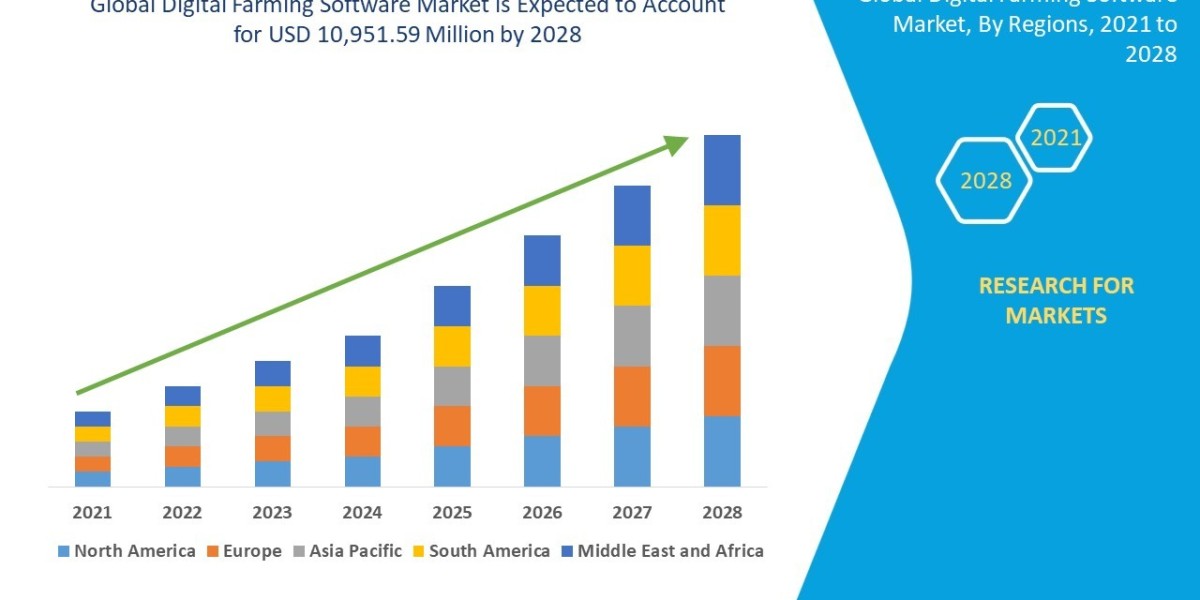What is machine learning?
Machine learning is a field of artificial intelligence that focuses on the development of algorithms and models that allow computers to learn from data and improve their performance on a task over time without being explicitly programmed.
How machine learning is used in finance?
Machine learning is used in finance to analyze large volumes of data, detect patterns and anomalies, and make predictions and decisions based on that data. Applications include fraud detection, credit risk assessment, trading and investment, customer service, and compliance and regulation. Machine learning algorithms can analyze financial and personal data to predict creditworthiness and likelihood of default, identify profitable trades, optimize investment portfolios, and automate regulatory compliance tasks. Overall,
machine learning in finance enables more efficient and accurate decision-making, reduces risk, and improves customer experience.
How does machine learning affect financial data?
Machine learning has had a significant impact on financial data in a variety of ways. Here are a few examples:
Fraud Detection: Machine learning algorithms can be trained to detect fraudulent financial transactions by analyzing patterns in transaction data. By identifying anomalous behavior, these models can flag suspicious activity for further investigation.
Risk Assessment: Machine learning can also be used to assess risk in financial transactions, investments, and portfolios. By analyzing historical data, models can identify patterns and predict future trends, enabling better risk management.
Credit Scoring: Machine learning algorithms can be used to predict creditworthiness by analyzing a wide range of factors such as payment history, credit utilization, and income. This can help financial institutions make more accurate lending decisions.
Trading: Machine learning is increasingly being used in automated trading systems, which use algorithms to analyze market data and make trades based on predictive models. These systems can make decisions more quickly and accurately than human traders, enabling faster and more efficient trading.
Personalized Financial Advice: Machine learning algorithms can also be used to provide personalized financial advice to individuals based on their financial goals, risk tolerance, and investment history. By analyzing a wide range of data points, these models can provide tailored recommendations that are better suited to an individual's unique circumstances.
Overall, machine learning has the potential to transform the financial industry by improving decision-making, increasing efficiency, and reducing risk. However, it's important to note that these models are only as good as the data they are trained on, so it's crucial to ensure that the data used is accurate, unbiased, and representative of the population being analyzed.
The purpose of data training in machine learning in finance
The purpose of data training in
machine learning in finance is to teach the algorithm to recognize patterns and make accurate predictions based on historical data. In finance, machine learning algorithms are often used to make predictions about financial markets, individual investments, credit risk, fraud detection, and more.
To train a machine learning algorithm, it requires a large amount of historical data that is representative of the problem being solved. This data is divided into two sets: the training set and the validation set. The training set is used to teach the algorithm to recognize patterns, while the validation set is used to evaluate the algorithm's performance.
During the training process, the algorithm is adjusted by changing its parameters to minimize the difference between its predicted output and the actual output of the training data. This process is known as "learning," and the algorithm gets better at recognizing patterns and making accurate predictions as it is exposed to more data.
Once the algorithm has been trained, it can be used to make predictions on new data that it has not seen before. The accuracy of these predictions is dependent on the quality of the training data and the algorithm's ability to recognize patterns.
Overall, the purpose of data training in machine learning in finance is to enable the algorithm to make accurate predictions based on historical data, improving decision-making, and reducing risk in financial transactions and investments.
How to conduct data training with python in finance
To conduct data training with Python in finance, you can follow these steps:
Import Required Libraries: To start with, import the necessary libraries such as pandas, numpy, and scikit-learn.
Load Data: Load the financial dataset that you want to train the algorithm on using pandas. Ensure that the data is clean and properly formatted.
Preprocess Data: Preprocess the data to ensure that it is in the right format for training. This may involve scaling, normalization, or encoding categorical variables.
Split Data: Split the data into training and testing sets. The training set is used to teach the algorithm, while the testing set is used to evaluate the performance of the trained algorithm.
Define Model: Choose an appropriate machine learning algorithm and define the model. Some popular models used in finance include regression, decision trees, and random forests.
Train Model: Train the model on the training data using the fit() function.
Evaluate Model: Evaluate the performance of the trained model using metrics such as accuracy, precision, and recall. This is done by making predictions on the test data using the predict() function and comparing the predicted output to the actual output.
Tune Model: Fine-tune the model by adjusting its parameters to improve its performance.
Deploy Model: Once the model has been trained and tuned, it can be deployed to make predictions on new data.
Some popular Python libraries for machine learning in finance include scikit-learn, TensorFlow, and Keras. These libraries provide a wide range of tools and functions for data preprocessing, model training, and evaluation.
Overall, conducting data training with Python in finance involves following a systematic process of loading, preprocessing, splitting, defining, training, evaluating, tuning, and deploying the machine learning model.








